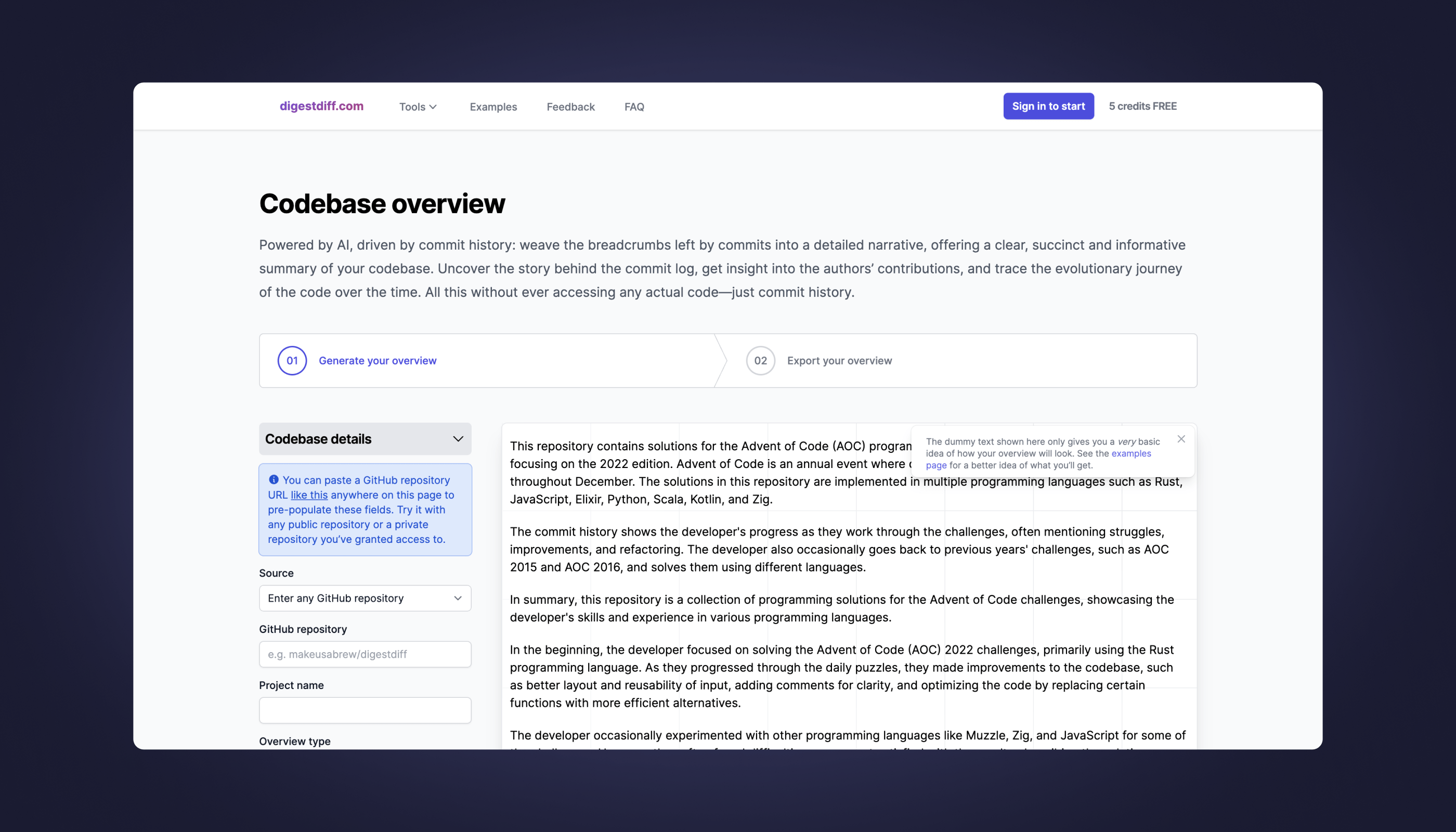How to create a great developer experience (DevEx)
When a team’s satisfied – thriving from the right tools, autonomy, and culture – they’ll create software that nails its purpose.
It really is as simple as that. Course, there’s more to it, but developer experience (DevEx) is no longer a nice-to-have.
With developers expecting more than ever (36.9% aren’t satisfied with their current role), you owe it to your team, company, and customers to deliver a world-class developer experience.
But what is developer experience? Why is it important? And how do you create one that’ll boost productivity, output, and satisfaction?
We’ve spent years working in and alongside dev teams, compiling exactly what works and what doesn’t.
Here’s everything you need to know.
What is developer experience?
We all understand user experience (UX). Products are built around the end-user’s satisfaction.
👉 How efficient is the product?
👉 How easy is the software to use?
👉 Does it allow the user to achieve what they want to achieve?
👉 What’s the user’s ability level, and what limitations might they feel?
Think of DevEx as the other side of the coin.
👉 Are the outcomes and vision of the product clear?
👉 Is the development approach lean and sustainable?
👉 Do the devs have the tools required to easily create the product?
👉 Is the experience of building the software reliable and consistent?
In other words, developer experience is how much friction (or satisfaction) a developer feels while creating a product, including factors like technology, culture, processes and more.
And while developers are having more and more influence over their setups, developer experience remains critically overlooked.
Investing in great developer experience in the early stages of a business will lay the foundations for a strong team and product down the line.
Why is developer experience important?
So the promise of a great product and a happy team hasn’t convinced you, huh?
Well, here are a few more reasons why developer experience is important to startups and global businesses alike.
✅ It’s crucial as your engineering team scales
You don’t want to stay the same size forever, right? But you need the right checks and balances in early to make sure later dev cycles don’t get messy (and don’t get us started on scaling a product team).
✅ You can achieve faster speed to market
If now’s the crucial time to strike – say there’s a gap in the market and you’re ahead of the game – you’re going to want to have a productive dev team with the ability to create a product quickly and efficiently.
✅ Great DevEx can lower churn rates
Developer experience shouldn’t end as soon as the product’s out: it’s time to start addressing feedback and working on the roadmap. Make sure to address any early signs of burnout from the product launch.
✅ It can increase employee retention
If you won’t provide smooth APIs and a modern stack of tools, other businesses out there will. In fact, almost 32% of devs would consider ditching their current job for one that offers more cutting-edge tech.

With that covered, let’s jump into all the ways you can create a great developer experience.
Supply the right tools and technologies
This is a tricky one to get right, but one of the most important.
According to McKinsey, “one of the most common challenges leaders face is striking the right balance between giving teams flexibility to choose their tools and maintaining required levels of consistency and standardisation”.
That’s true in our experience, too. But some degree of autonomy – and access to the best stuff out there – is always going to go down well.
Without good tools (like a good code repository – think GitHub, GitLab, or Bitbucket), frustration will set in. It’s like giving someone a fork to eat soup. Yeah, they’d probably manage eventually, but you’re not exactly setting them up for success, are you?
Here’s the thing to remember: unhappy developers = unhappy users.
Developer experience leaks into a product. The essence of their passion – or lack of it – becomes an imprint.
So, with 58.5% of devs citing “wanting to work with new technologies” as a deciding factor in their job hunts, unfiltered access to great developer tools and tech might just be the key to both attracting great talent and shipping a killer product.
Startups, we know what you’re thinking: “I can’t afford the latest and greatest”. It’s a valid concern. We recommend checking out this list of the most popular developer technologies and scoping them out to see what fits your current budget.
Automate and streamline wherever possible
Developer time is valuable. Wasting it is a guaranteed way to ensure the best developer experience will stay out of reach.
But automation isn’t just a buzzword– in 2023, it’s the basis of streamlining work processes or creating sustainable, non-manual workflows from scratch.
To maximise time and productivity, think about where your devs are needed most, and what’s currently stopping them from being there.
30%, for example, specify moving to automated testing as a top priority in their software development, making tools like Postman and Selenium worthy of your consideration.
We also strongly recommend checking out AI-driven tools like Digest Diff, which lets you automate release notes and “weave the breadcrumbs left by commits into a detailed narrative”.

Speaking of documentation…
Provide comprehensive documentation
Developers are bound to come across hurdles.
But stumbling blocks don’t have to bring everything grinding to a halt. With the right documentation to refer to, everything stays running smoothly.
Think of it like instructions for a board game. Jumping right into a new one with no experience is bound to feel like a losing battle – it won’t be long before you’re throwing cards, chips, and pieces at anyone who crosses your path (do not pass go, do not collect £200).
There are loads of types of documentation, like process docs, planning docs, and product team canvases, but crucially, a GitHub survey found a 50% increase in developer productivity with easy-to-source documentation knocking about.
Depending on your size, your business might have access to technical writers, who can work closely with your product and engineering teams to provide the perfect documentation.
As a startup, that’s unlikely – but you don’t need swathes for success. Just enough to help onboard new starters and lay the foundations for a developer experience that scales with company growth.
Nurture a positive work culture
Hold on to your hats, but dev teams are just like the rest of us: they work best when everyone’s on the same page.
Work culture is just as important to a great developer experience as tools, documentation, or any other technical elements.
We recommend making sure you have this lot nailed down:
📈 Common, widely-understood goals
📈 Clear responsibilities and targets
📈 Tangible sense of impact
📈 Culture of accountability
Create strong feedback loops
Or as we like to call it: listen to your devs!
The development process might be characterised by coding and data, but developer experience is fundamentally human.
It asks whether your team is happy. Whether it’s satisfied. Whether it feels rewarded. Recognised. Appreciated. Understood. Accepted.
None of that means you can’t gather data. Over the years, we’ve seen a bunch of success in using 1-to-1s to talk openly about DevEx, chucking in the odd anonymous survey to gather honest feedback, and even hosting retrospectives at the end of each product cycle to talk victories and lessons learnt.
So invest in the tools your business employs. But remember to invest in its people, too.
Offer opportunities for upskilling
Gartner notes that “Organisations are recognising that a high-quality developer experience improves productivity and is critical to attracting and retaining software engineering talent”.
Good stuff, eh? But what about keeping that talent sharp? Constantly improving it? Evolving it?
Your developers will keep learning as they create your product, of course. On-the-job experience is king, queen, and the whole bloomin’ royal court.
But everyone learns differently, and we’ve never come across a dev who wouldn’t value the opportunity to join workshops and take paid courses that round out their skills (and, being mercenary, nudge them closer to their next promotion).
We recommend considering this as a company-wide benefit – or simply starting by asking your team what approach to learning they’d find most useful.
Qualities of a bad developer experience (avoid these!)
We’ve told you what makes for the best developer experience possible – now it’s time to talk negatives.
Course, we recommend avoiding the opposite of everything we’ve just mentioned: not listening to your devs, not providing the right tools, not creating documentation, not fostering a great work culture, not automating time-consuming tasks, not allowing for progression.
But here are a few more specifics we’ve seen over the years that can put a splinter in an otherwise killer team:
❌ Poor communication
❌ Unrealistic deadlines (crunch time)
❌ Gatekeeping and bureaucratic red tape
❌ Micromanagement or a lack of autonomy
❌ Lack of recognition, appreciation, and validation
Time to create the best developer experience for yourself
Evaluate. Improve. Document. Automate. Listen.
These are some of the core tenets of a great developer experience.
Investing in DevEx is one of the best things you can do for your business s– whether it’s a startup, small to medium-sized enterprise (SME), or beyond.
So get out there.
Make your devs happy.
Launch – and keep launching – killer products.

